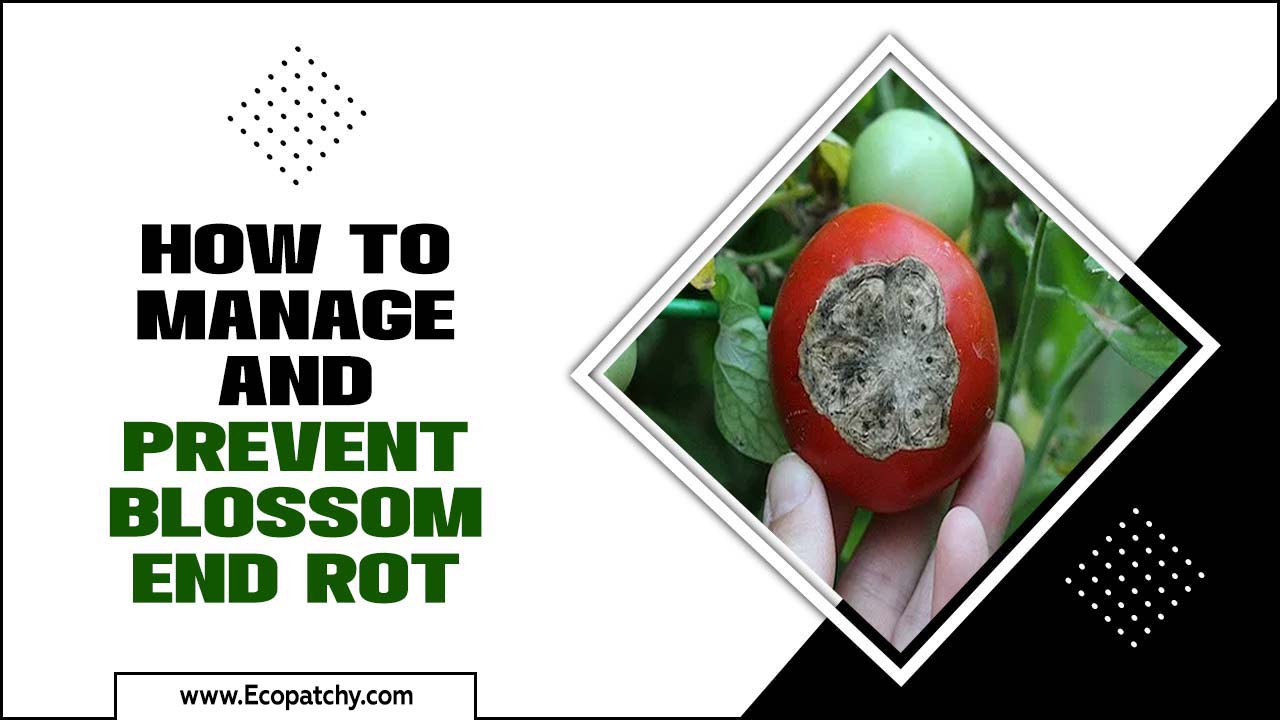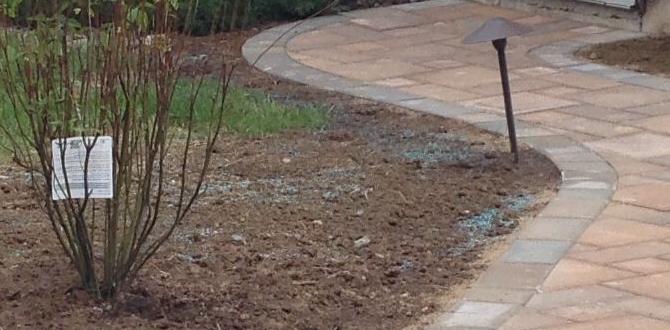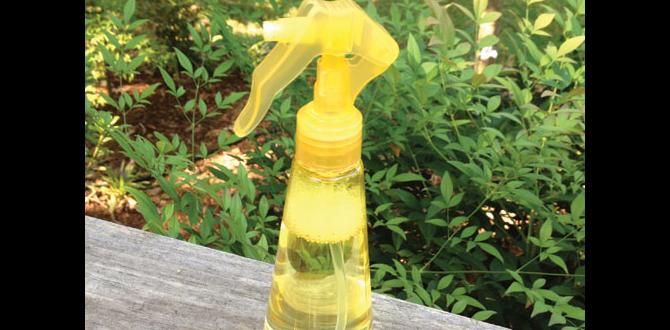Have you ever dreamed of having a peaceful retreat right at home? Small Japanese gardens offer a wonderful way to create a serene space. These tiny landscapes are not just beautiful; they tell a story through every stone and plant.
Imagine walking through your own little garden, surrounded by calm. You can hear the soft sound of water, see colorful flowers, and feel the gentle breeze. Wouldn’t it be nice to escape to a world of nature, even in a small area?
Here’s a fun fact: even the simplest designs can capture the magic of Japan’s rich culture. With just a few clever ideas, you can turn your small yard into a stunning Japanese garden. Whether you have a tiny balcony or a small backyard, you can bring a touch of Japan home.
Let’s explore some exciting ideas for small Japanese gardens that will inspire you.
Creative Ideas For Small Japanese Gardens To Inspire You Small Japanese Gardens Can Transform Any Outdoor Space Into A Serene Retreat, Combining The Beauty Of Nature With Principles Of Japanese Design. Whether You Have A Quaint Balcony, A Tiny Backyard, Or A Compact Front Yard, There Are Countless Ways To Create A Peaceful Oasis Reflecting The Elegance Of Japanese Aesthetics. Here Are Some Enchanting Ideas To Consider When Designing Your Small Japanese Garden. 1. Incorporate Rocks And Stones Rocks And Stones Play A Vital Role In Japanese Gardens, Symbolizing Mountains And Islands. Use Large Stones As Focal Points And Smaller Pebbles To Create Paths Or Represent Water. Arrange Them Mindfully To Enhance The Garden’S Balance And Tranquility. 2. Create A Zen Garden A Zen Garden, Or Karesansui, Focuses On Simplicity And Tranquility. Use Sand Or Gravel To Represent Water, Raking It Into Patterns That Mimic Waves. A Few Strategically Placed Rocks Can Serve As Islands, Helping To Create A Peaceful Atmosphere. 3. Use Bamboo Fences Bamboo Fences (“Shakkei”) Offer Privacy While Adding To The Authenticity Of A Japanese Garden. These Natural Fences Can Be Simple And Low, Allowing You To Enclose The Space Without Overwhelming It. Additionally, Bamboo Can Be Used In Other Elements Like Trellises Or Water Features. 4. Add Water Features Water Is An Essential Element In Japanese Garden Design, Reminiscent Of Calm Lakes And Flowing Streams. Whether Through A Small Pond, A Fountain, Or A Simple Water Bowl, The Sound Of Water Enhances The Relaxing Ambiance. 5. Choose The Right Plants Select Plants That Thrive In The Japanese Aesthetic. For A Small Garden, Opt For Dwarf Varieties Of Trees Like Japanese Maples Or Pines. Combine Them With Moss, Ferns, And Flowering Shrubs, Ensuring A Year-Round Display Of Color And Texture. 6. Incorporate Pathways Create Winding Pathways Using Gravel, Wood, Or Stepping Stones To Guide Visitors Through The Garden. Curved Paths Are Favored In Japanese Gardens As They Evoke A Sense Of Mystery And Discovery. 7. Use Lanterns And Other Accents Japanese Lanterns (“Tōrō”) Add Charm And Light, Especially At Night. Incorporate Traditional Designs In Stone Or Metal. Other Accents Like Stone Bridges, Meditation Benches, Or Sculptures Enhance The Garden’S Aesthetic. 8. Create Topiary Or Bonsai Topiary And Bonsai Trees Embody Patience And Precision. Train Small Trees Into Artistic Shapes, Which Can Serve As Focal Points. This Technique Emphasizes The Artistry Prevalent In Japanese Gardening. 9. Find The Right Furniture Add A Small Bench Or Two For Seating, Encouraging Relaxation. Wooden Or Stone Options Blend Harmoniously With The Surrounding Nature, Providing A Perfect Spot For Meditation Or Reflection. 10. Practice Maintenance Regular Maintenance Is Crucial To Keep Your Small Japanese Garden Looking Pristine. Dedicate Time To Pruning, Raking Gravel, And Weeding, Ensuring That The Garden Remains A Tranquil Retreat. By Incorporating These Ideas For Small Japanese Gardens, You Can Craft An Environment Of Peace And Simplicity, Allowing You To Escape The Hustle And Bustle Of Daily Life While Immersing Yourself In Nature’S Beauty.

Ideas for Small Japanese Gardens
Creating a small Japanese garden can be a rewarding experience. Imagine stepping into a peaceful oasis right in your backyard. Key ideas include using rocks, gravel, and plants artfully arranged to mimic nature. Consider adding a koi pond or a small water feature for tranquility. Bamboo fences can enhance privacy and beauty. Don’t forget the importance of balance; each element should complement others. A small garden can bring big joy and a sense of calm to your life!Principles of Japanese Garden Design
Importance of balance and harmony in design. Use of natural elements to create a tranquil atmosphere.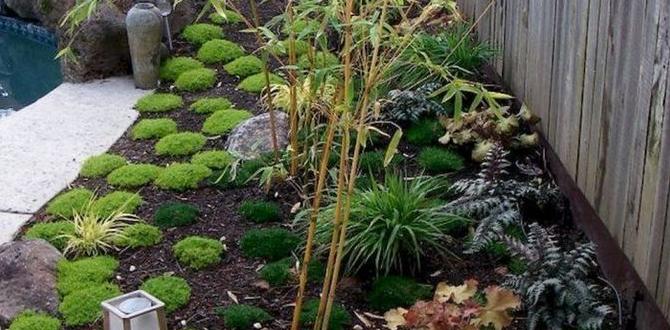
Creating a Japanese garden is all about balance and harmony. Imagine a space where everything feels peaceful and connected. Natural elements like rocks, plants, and water work together like a band, each playing its own sweet tune. This design isn’t only pretty; it brings calm to our busy lives. Think of it as nature’s version of a cozy hug! A well-placed stone or a splash of water can make your small garden feel like a zen retreat.
| Design Element | Importance |
|---|---|
| Balance | Creates a feeling of peace. |
| Natural Elements | Enhance tranquility. |
Choosing the Right Space for Your Garden
Factors to consider when selecting a location. How to maximize small areas for a Japanese garden.
Picking the right spot for a Japanese garden can be a fun adventure! Think about sunlight, shade, and even wind direction. Tiny spaces can shine if you choose wisely! Use containers and vertical gardens for extra flair. Don’t forget the little details! Use stones, gravel, and plants to create paths and borders. This adds character and makes the space feel larger. Remember, it’s about creating a serene space, not a marathon course!
| Factor | Tip |
|---|---|
| Sunlight | Choose a spot that gets a mix of sun and shade. |
| Space | Go vertical with plants and use pots! |
| Wind | Find a spot sheltered from strong winds. |
Essential Elements of a Japanese Garden
Key features such as water, stones, and plants. The significance of pathways and bridges.
Creating a peaceful Japanese garden involves key elements that work together beautifully. Water is essential, bringing calmness like a soothing song. Stones add texture and can become the cozy chairs of nature—who needs furniture? Plants offer color and life, making the space inviting. Pathways and bridges not only guide steps but also keep the adventure alive. Imagine skipping across a bridge while pretending it’s the bridge to your secret island! Let’s explore these features further:
| Element | Significance |
|---|---|
| Water | Brings tranquility and reflects beauty. |
| Stones | Provides structure and visual interest. |
| Plants | Adds color and life to the garden. |
| Pathways | Guides movement and adventure. |
| Bridges | Connects areas and adds charm. |
These elements together create a small Japanese garden that is more than just a plant collection—it’s a mini escape from the world!
Plant Selection for Small Japanese Gardens
Ideal plants for compact spaces, including shrubs and ground cover. Seasonal blooms and foliage considerations.
Creating a small Japanese garden calls for thoughtful plant choices. Ideal plants include tiny shrubs like Boxwood and Japanese Holly. For ground cover, consider Creeping Thyme or Moss. These plants fit perfectly in compact spaces and add beauty all year. Seasonal blooms, such as Cherry Blossoms, bring charm in spring. In fall, colorful leaves from maples can brighten the garden too.
What are some low-maintenance plants for Japanese gardens?
Low-maintenance plants include Junipers, Ferns, and Ornamental Grasses. These thrive in small spaces and require less care.| Plant Type | Seasonal Beauty |
|---|---|
| Shrubs | Green year-round |
| Flowers | Bright in spring |
| Foliage | Colorful in fall |
Incorporating Hardscape Features
Types of rocks and their placement. Building structures like gates, lanterns, and benches.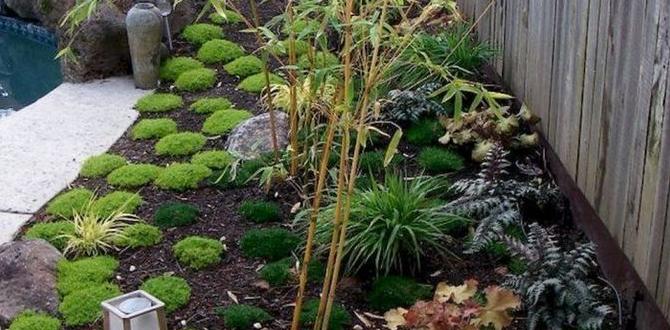
Rocks are the backbone of any small Japanese garden, adding beauty and balance. Different types, like smooth pebbles or rugged boulders, serve specific looks and purposes. For example, round stones can create a calming pathway, while larger ones can serve as majestic focal points. Don’t forget to arrange them wisely—consider a zig-zag or cluster for extra flair!
Building structures like gates or lanterns can elevate your garden’s charm. A simple bamboo gate invites visitors in, while a glowing lantern adds magic after dark. Fancy a cozy spot? A wooden bench nestled among the plants is perfect for daydreaming. Remember, every piece counts like a puzzle; assemble them wisely!
| Feature Type | Purpose |
|---|---|
| Rocks | Add texture and create pathways |
| Gates | Welcome guests and set the mood |
| Lanterns | Light up and add warmth |
| Benches | Provide relaxation and reflection |
The Role of Water in Japanese Gardens
Options for incorporating water features in small areas. Maintenance tips for pondless water designs.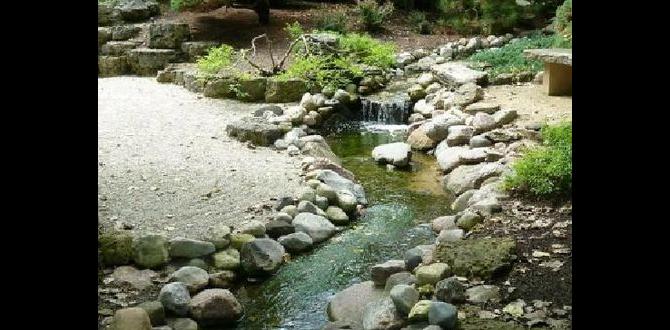
Water adds magic to small Japanese gardens. Even tiny spaces can enjoy a splash of tranquility with features like mini ponds or fountains. For pondless designs, try using bubbling rocks. They give water a purpose without all the maintenance. Keep the area tidy by regularly checking for debris. Remember, a clean space is a happy space! Plus, fish have no place to hide, so they can’t play hide and seek during cleaning!
| Water Feature | Description |
|---|---|
| Mini Pond | A small pond filled with plants and maybe fish! |
| Bubbling Rocks | Water bubbles over rocks, creating soothing sounds. |
| Fountain | A small fountain can add charm and a playful splash! |
Creating a Zen Space
Techniques for using raked gravel and sand. Ideas for meditation corners or seating areas.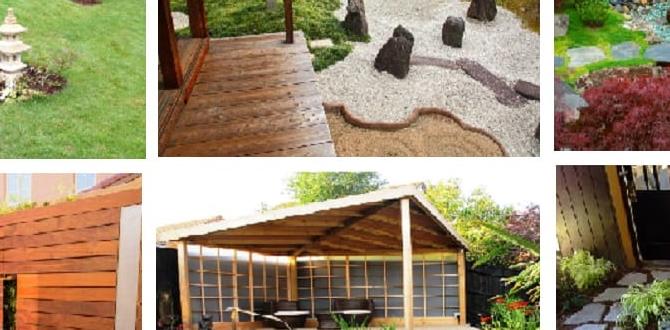
Using raked gravel and sand can create a calm vibe in your garden. Start by raking the gravel into patterns. Simple lines or circles can add beauty. You can also make a cozy meditation corner. Place a few stones or a small bench to sit on. Surround it with greenery for a peaceful feel. Here are some ideas:
- Use smooth rocks for texture.
- Add a small water feature.
- Choose soft seating like cushions.
What are good options for seating in a zen garden?
The best options include benches, flat stones, or cushions. They create comfort and invite relaxation. A quiet spot can help you unwind.
Utilizing Vertical Space in Small Gardens
Ideas for vertical plantings and trellises. Benefits of using wall features and hanging elements.
Small gardens can shine bright by using all available space, even the vertical kind! Vertical plantings and trellises can transform your tiny garden into an oasis. You can grow climbing plants like morning glories or beans that reach for the sky! Adding wall features or hanging pots not only saves space but also adds charm. They can turn a plain wall into a living art piece. It’s like giving your garden a surprise lift! Plus, you can hide those sad-looking fences with greenery. Why let any space go to waste?
| Vertical Planting Ideas | Benefits |
|---|---|
| Wall Planters | Utilizes unused wall space |
| Trellises for Climbing Plants | Creates height and visual interest |
| Hanging Baskets | Easy to change and maintain |
So, remember that every inch counts! Make your small garden big on creativity with vertical designs. It’s a fun way to enjoy nature without stepping on toes— or flowers!
Maintenance Tips for Small Japanese Gardens
Seasonal care and upkeep strategies. Common challenges and solutions for small garden management.
Taking care of a small Japanese garden can be fun and rewarding. Start with seasonal care. In spring, plant new flowers. In summer, water your plants regularly. Fall is for raking leaves, and winter is the time to check for any damage. Common issues? You might face pesky weeds or hungry critters. Don’t worry! A quick pluck or some fencing can save the day. Here’s a handy table to help you remember:
| Season | Care Tip | Common Challenge | Solution |
|---|---|---|---|
| Spring | Plant flowers | Weeds | Pull them out |
| Summer | Regular watering | Dry soil | Check moisture |
| Fall | Rake leaves | Pests | Use repellents |
| Winter | Inspect plants | Frost damage | Cover with cloth |
With these tips, your garden will thrive! Remember, a little care goes a long way—just like a tiny plant needs sunshine and love!
Inspiring Examples of Small Japanese Gardens
Highlighting successful designs and their features. Lessons learned from renowned Japanese gardens worldwide.
Small Japanese gardens offer beauty and peace. Many famous gardens inspire us with their designs. For example, the Kinkaku-ji in Kyoto shows how gold leaf can shimmer on ponds. Another is the Ryoan-ji, known for its simple rock arrangements. Here are some features that make them special:
- Balance between plants and stones
- Pathways that invite exploration
- Ponds that reflect the sky
These gardens teach us about harmony and simplicity. They remind us that even small spaces can create calm.
What are the key features of small Japanese gardens?
Key features include balance in design, thoughtful pathways, and beautiful water elements.
Conclusion
Creating a small Japanese garden can be fun and rewarding. Focus on simple elements like rocks, water features, and plants. You can design a peaceful space for relaxation. Consider adding pathways and bonsai trees for extra charm. Start small, and let your creativity flow. For more tips and inspiration, check out books or websites dedicated to Japanese gardening!FAQs
Sure! Here Are Five Related Questions On The Topic Of Small Japanese Gardens:Sure! Here are five questions about small Japanese gardens: 1. What makes small Japanese gardens special? 2. How can you make a Japanese garden at home? 3. What plants are good for these gardens? 4. What shapes do the paths take in a Japanese garden? 5. Why do people like to visit Japanese gardens? Let’s explore these questions and learn about small Japanese gardens!
Sure! Just give me the question you want me to answer, and I’ll help you out.
What Are The Essential Elements To Include In A Small Japanese Garden Design?In a small Japanese garden, you should include a few important things. First, add some rocks or stones for a natural look. Next, plant some trees and flowers to bring color. You can also include a small pond or water feature, like a fountain. Lastly, a simple path made of stones or gravel helps you walk through the garden.
How Can Water Features, Like Koi Ponds Or Streams, Be Effectively Incorporated Into A Limited Space?You can add water features like koi ponds or streams even in small spaces. First, choose a compact pond that fits your yard. You can also use raised containers for koi fish. Adding small waterfalls or a tiny stream makes it feel bigger. Finally, place plants around your water feature to make it beautiful and interesting.
What Plants Are Best Suited For Creating An Authentic Japanese Garden Atmosphere In A Small Area?To create a Japanese garden in a small area, you can use plants like dwarf shrubs, moss, and bamboo. Dwarf Japanese maple trees look beautiful and fit nicely. You can also add rocks and tiny water features for a peaceful feeling. Keeping it simple helps capture the true spirit of a Japanese garden.
How Can Decorative Stones And Gravel Be Used To Enhance The Aesthetic Of A Compact Japanese Garden?You can use decorative stones and gravel to make a Japanese garden look beautiful. We can create paths by spreading gravel. This makes it easy to walk around. We can use small stones to outline plants and water features. It adds color and texture, making the garden feel peaceful and special.
What Are Some Creative Ways To Maximize Vertical Space In A Small Japanese Garden?To make the most of vertical space in a small Japanese garden, you can use tall plants like bamboo or shrubs. You can also hang plants in pots from walls or trellises. Building a tiered garden with layers makes it look pretty and uses space well. Add a bird feeder or a small water feature to attract more life. These tips help your garden feel bigger and more lively!

